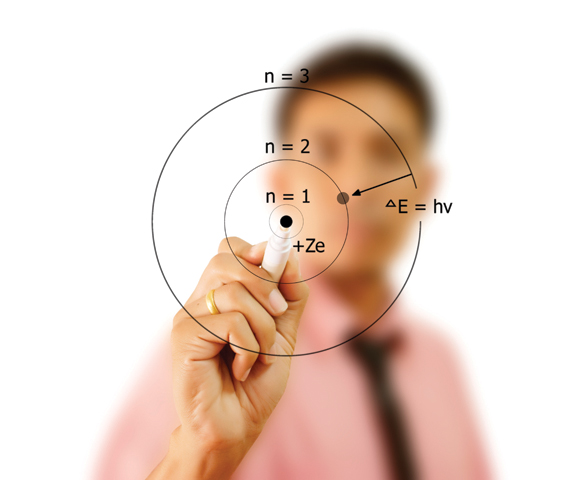Chapter Introduction
9
Language and Thought

Language and Communication: From Rules to Meaning
Language Development and the Brain
Broca’s Area and Wernicke’s Area of the Brain
Involvement of the Right Cerebral Hemisphere
Language and Thought: How Are They Related?
Concepts and Categories: How We Think
Decision Making: Rational and Otherwise
CULTURE & COMMUNITY Does Culture Influence Optimism Bias?
Transforming Information: How We Reach Conclusions
Practical, Theoretical, and Syllogistic Reasoning
THE REAL WORLD From Zippers to Political Extremism: An Illusion of Understanding
AN ENGLISH BOY NAMED CHRISTOPHER SHOWED an amazing talent for languages. By the age of 6, he had learned French from his sister’s school-
If you have concluded that Christopher is extremely smart, perhaps even a genius, you are wrong. His scores on standard intelligence tests are far below normal. He fails simple cognitive tests that 4-

CHRISTOPHER’S STRENGTHS AND WEAKNESSES OFFER COMPELLING EVIDENCE that cognition is composed of distinct abilities. People who learn languages with lightning speed are not necessarily gifted at decision making or problem solving. People who excel at reasoning may have no special ability to master languages. In this chapter, you will learn about five key higher cognitive functions: acquiring and using language, forming concepts and categories, making decisions, solving problems, and reasoning. We excel at these functions compared with other animals, and they help define who we are as a species. We will learn about each of these abilities by examining evidence that reveals their unique psychological characteristics, and we will learn about their distinct neural underpinnings by considering individuals with brain lesions as well as neuroimaging studies. But despite clear differences among them, these five cognitive abilities share something important in common: They are critical to our functioning in just about all aspects of our everyday existence—